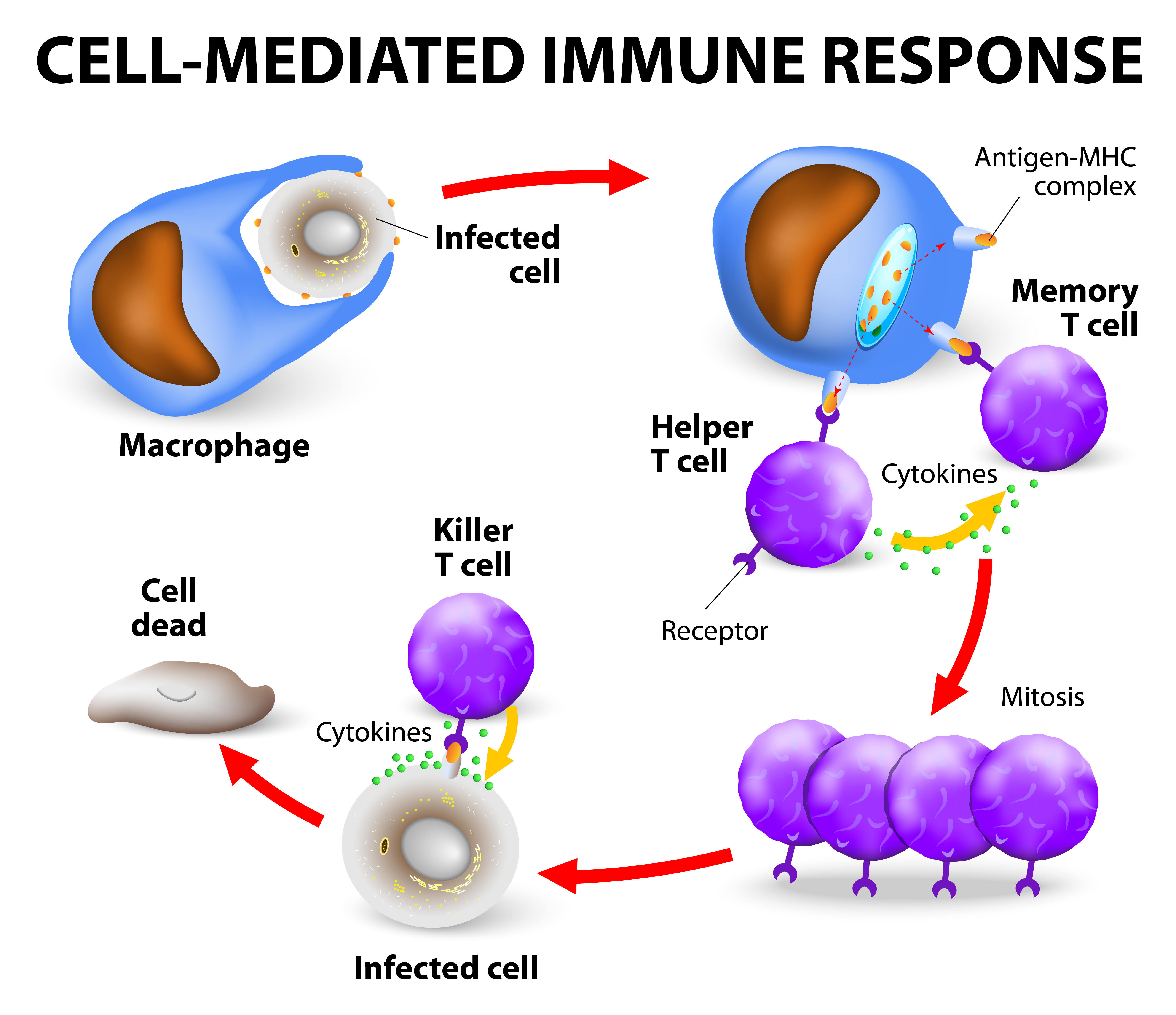Mechanism to Ease Lung Infection, Fibrosis Identified in Study

In a new study, researchers reported a novel role for a receptor at the surface of macrophages (specialized cells of the immune system) in lung fibrosis resolution. The study, titled “TRPV4 Mechanosensitive Ion Channel Regulates LPS-Stimulated Macrophage Phagocytosis,” was published in the Journal of Immunology.
In a previous study, a team of researchers at Cleveland Clinic identified the transient receptor potential vanilloid 4 (TRPV4) channel to have an important role in myofibroblast differentiation (cells which contribute to tissue repair during wound healing) and lung diseases, including pulmonary edema, acute lung injury, and pulmonary fibrosis. Based on the study, researchers hypothesized that manipulating TRPV4 channel activity could be a therapeutic approach for fibrotic diseases. The TRPV4 channel is ubiquitously expressed in several cell types, including neurons, endothelial cells, and epithelial cells, as well as in tissues such as the lung, heart, and kidney.
The researchers investigated the role of TRPV4 on a specific type of cell called macrophages — the ‘big eaters’ of the immune system, or large, specialized cells that recognize and engulf apoptotic cells and pathogens (in a process called phagocytosis), destroying the target cells. For the phagocytosis process to occur, macrophage surface receptors need to interact with pathogens (or particles) and elements of the extracellular matrix. The team investigated how TRPV4 could impact the phagocytosis of invading pathogens by macrophages, such as bacteria in the lungs.
The research team found that active TRPV4 mediates the engulfment of pathogens by macrophages in mice. Notably, researchers discovered that the ability of bacterial extracellular membrane components [namely lipopolysaccharides (LPS)] to induce phagocytosis via TRPV4 required a certain level of extracellular matrix stiffness, similar to what is observed in inflamed or fibrotic lung tissue. Furthermore, the team discovered that TRPV4 mediates the release of anti-inflammatory and pro-resolution cytokines by macrophages upon LPS stimuli, resulting in an increased capacity to clear bacteria and infection-associated lung tissue injury.
Altogether, the results suggest that the TRPV4 channel can help clear lung infections and contribute to the resolution of infection-related lung injury in lung diseases, such as pulmonary fibrosis. These findings may have implications in the development of new therapeutics for lung defense against infections and infection-associated fibrosis.






